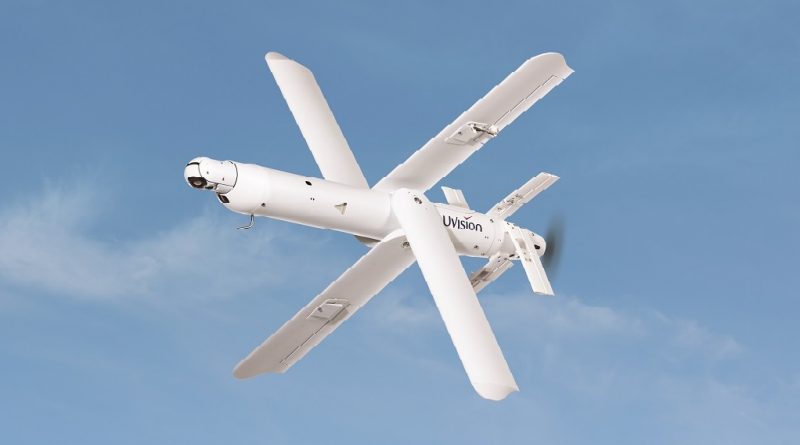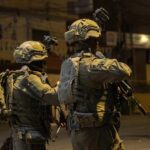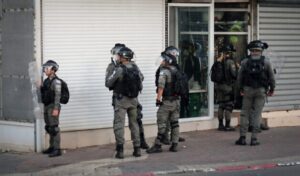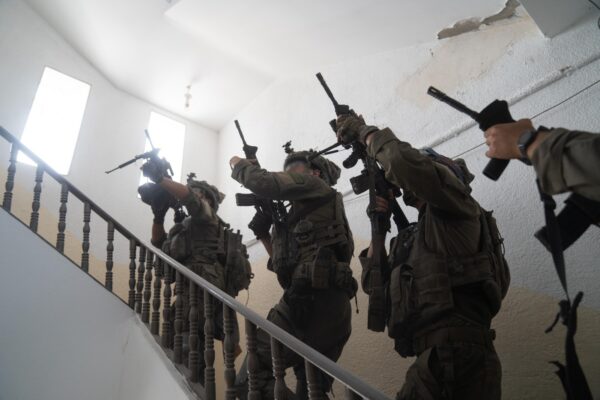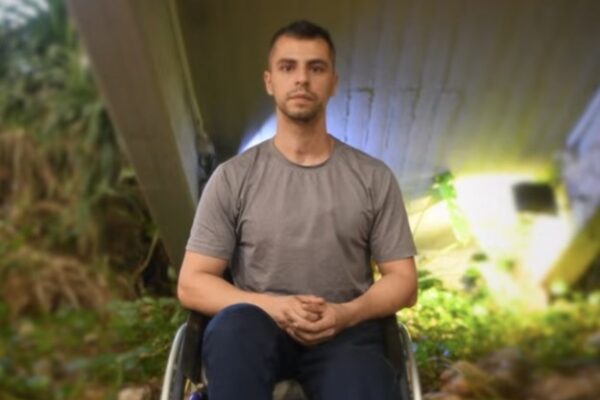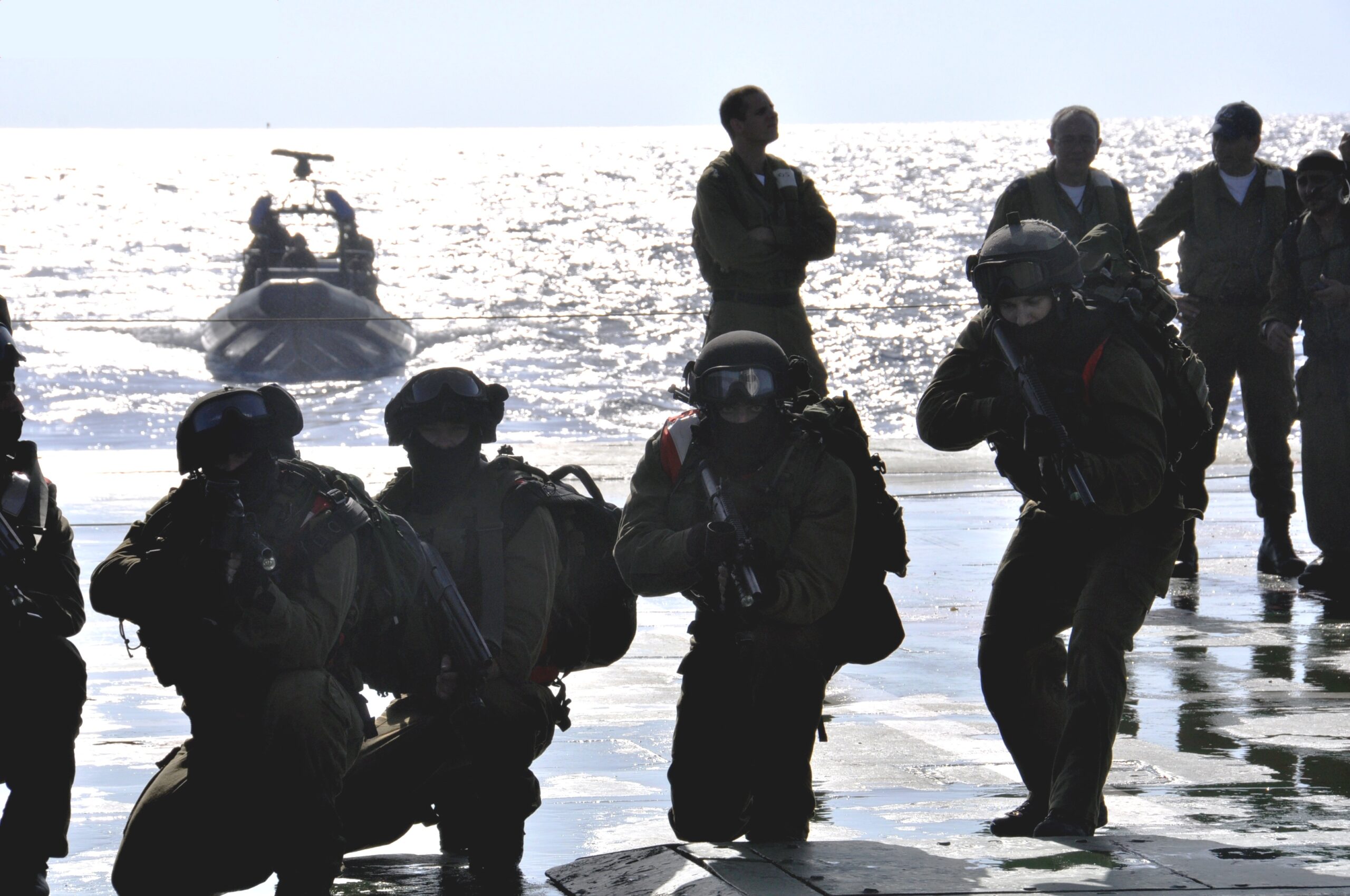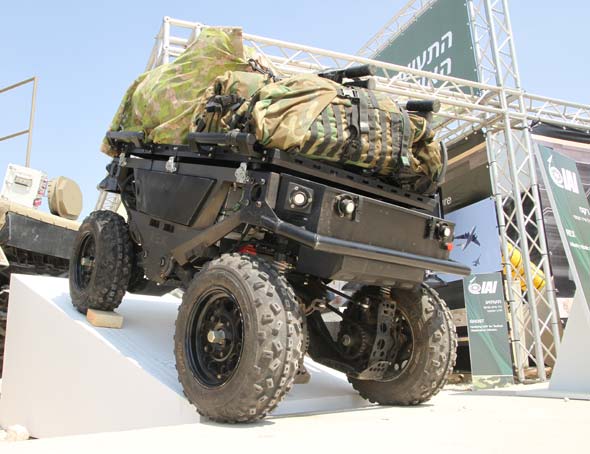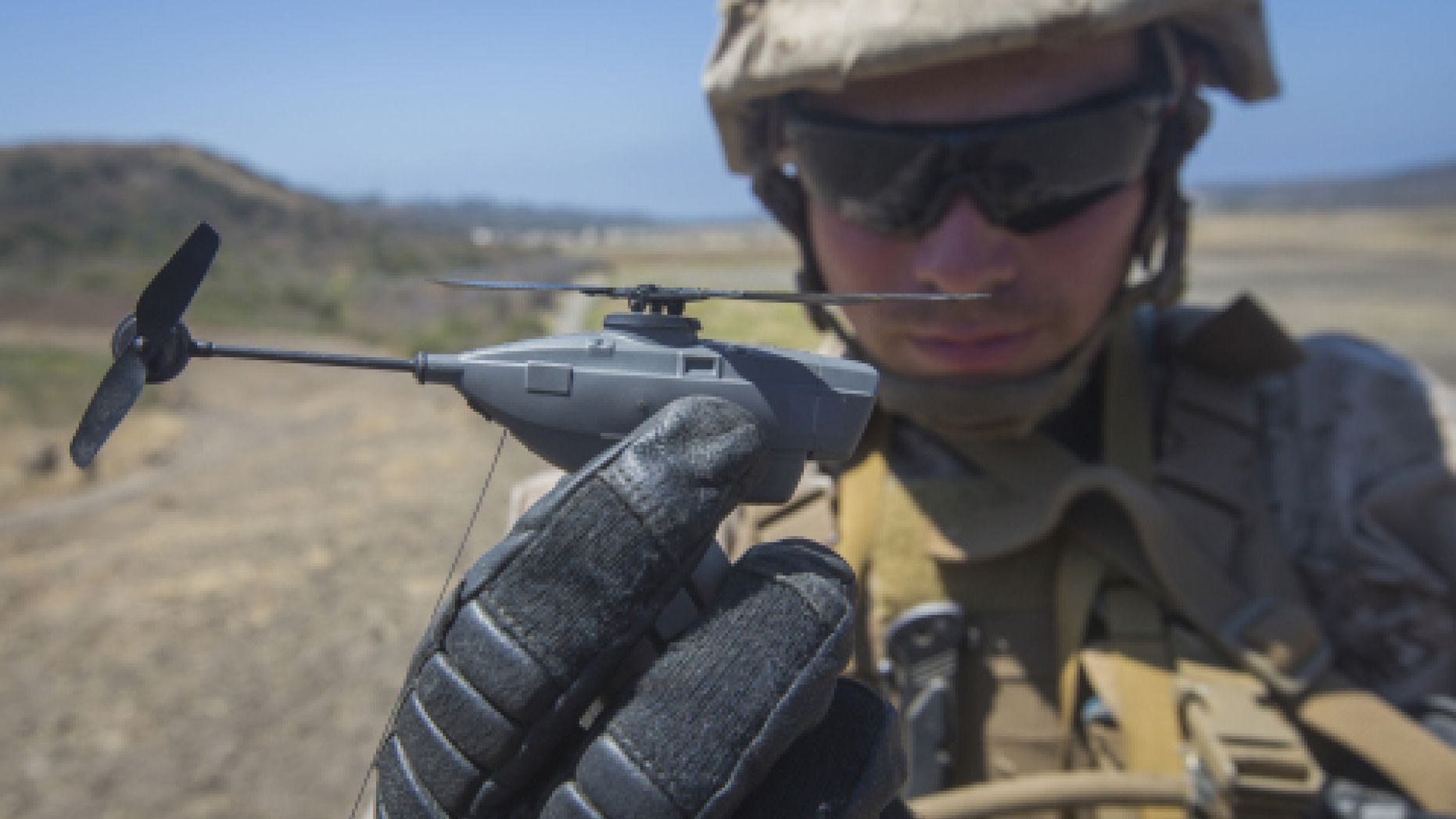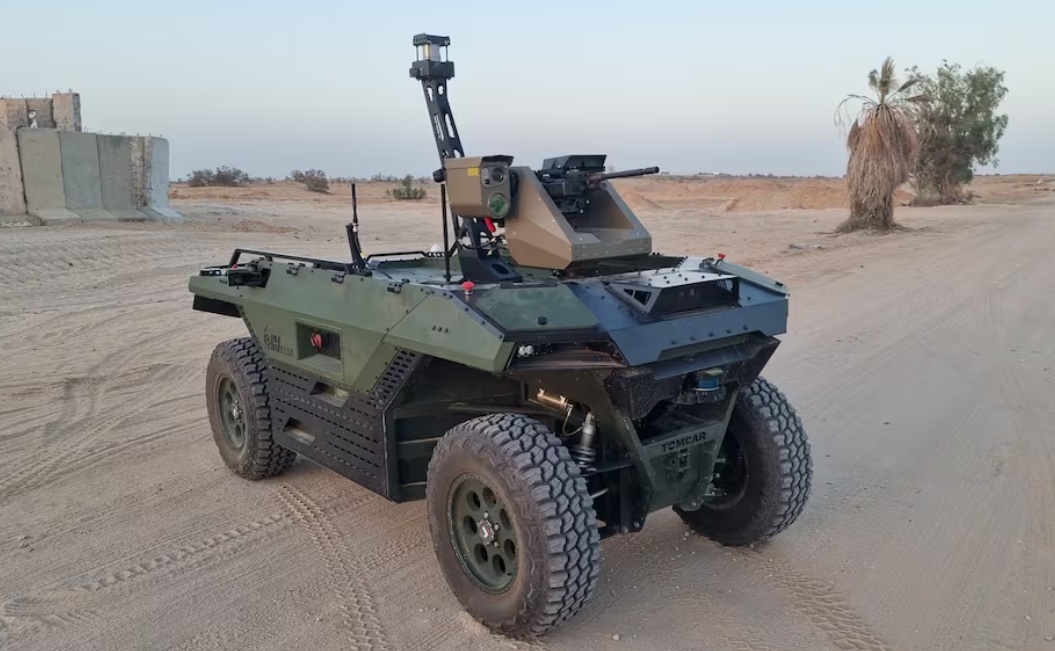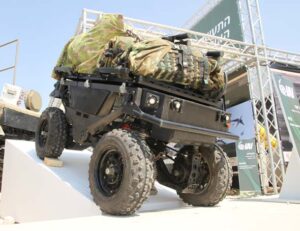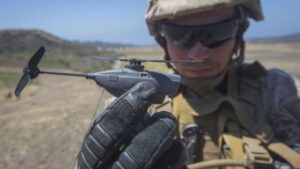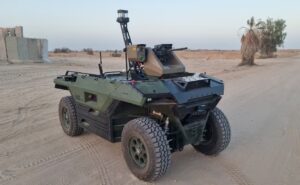The first operational loitering munitions were introduced in the 1990s by Israel Aerospace Industries (IAI).
By Hezy Laing
Israel has become a global leader in the development and deployment of loitering munitions, also known as kamikaze drones.
These systems combine surveillance and strike capabilities, allowing them to hover over a target area before diving in for a precision attack.
Unlike traditional missiles that are launched with a fixed target, loitering munitions can wait in the air until a suitable target is identified.
Once locked in, they dive and detonate on impact, destroying both themselves and the target. This makes them ideal for dynamic battlefields where targets may appear unpredictably.
Israel’s loitering munitions are prized for their modularity, precision, and combat-proven reliability.
They’re increasingly integrated into allied forces and reshaping modern warfare by offering flexible, cost-effective strike options with real-time intelligence capabilities.
Most loitering munitions—like Israel’s Harop, Hero-120, or Mini-Harpy—are designed as one-way weapons, meaning they are intended to crash into a target and detonate.
However, many modern systems now include abort and recovery features.
Loitering munitions have been widely used in conflicts like Ukraine, Nagorno-Karabakh, and Gaza, with systems like Israel’s Harop, the U.S. Switchblade, and Iran’s Shahed-136 gaining notoriety.
Their effectiveness has reshaped battlefield tactics.
During the 2020 conflict between Azerbaijan and Armenia, Azerbaijan deployed Israeli-made IAI Harop loitering munitions to devastating effect.
These drones loitered over the battlefield, autonomously homing in on radar signals and striking Armenian air defense systems.
Footage released during the war showed Harops diving into targets like advanced S-300 missile batteries, command posts, and even moving vehicles.
Their precision and ability to loiter for hours gave Azerbaijan a significant tactical edge, contributing to its rapid territorial gains.
In the dense urban combat of Gaza, the Israel Defense Forces (IDF) used the Spike Firefly (also known as “Moaz”), a miniature loitering munition developed by Rafael.
Designed for infantry use, it allowed soldiers to scout ahead and strike targets in alleyways or buildings without exposing themselves.
The Firefly could hover silently, transmit live video, and deliver a small warhead with pinpoint accuracy.
This was especially useful in areas with high civilian density, where minimizing collateral damage was critical.
The first operational loitering munitions were introduced in the 1990s, notably by Israel Aerospace Industries (IAI) with the Harpy, designed to suppress enemy radar systems.
This marked a significant innovation in Suppression of Enemy Air Defenses (SEAD).
Over time, the technology matured, leading to more advanced models like the Harop, which added electro-optical sensors and real-time control.
The real surge in loitering munition development came in the 2010s and 2020s, driven by the miniaturization of components, improved AI and targeting algorithms and the demand for low-cost, precision strike options.
Here are the key players and systems defining Israel’s dominance in this field:
Leading Israeli Loitering Munitions
UVision – HERO Family
HERO-120: A tactical loitering munition with a range of 40–60 km and one-hour endurance. It can carry anti-armor or anti-personnel payloads and is designed for complex battlefield environments. In October 2025, UVision signed a $982 million contract with the U.S. Army to supply HERO-120 units under the Lethal Unmanned Systems program. An air-launched variant was recently developed allowing deployment from helicopters without deep integration.
Israel Aerospace Industries (IAI) – Harop and Mini Harpy
Harop: A long-range loitering munition designed to destroy radar systems and command posts. It’s known for autonomous target acquisition and high precision. The Mini Harpy is a smaller, dual-sensor variant with electro-optical and anti-radar seekers, showcased again at AUSA 2025. North Korea has reportedly copied the Harop design for its own suicide drones.
Rafael – L-Spike 4X
Rafael recently unveiled a jet-powered loitering variant of its Spike missile family, called the L-Spike 4X, designed for ground and air deployment.


